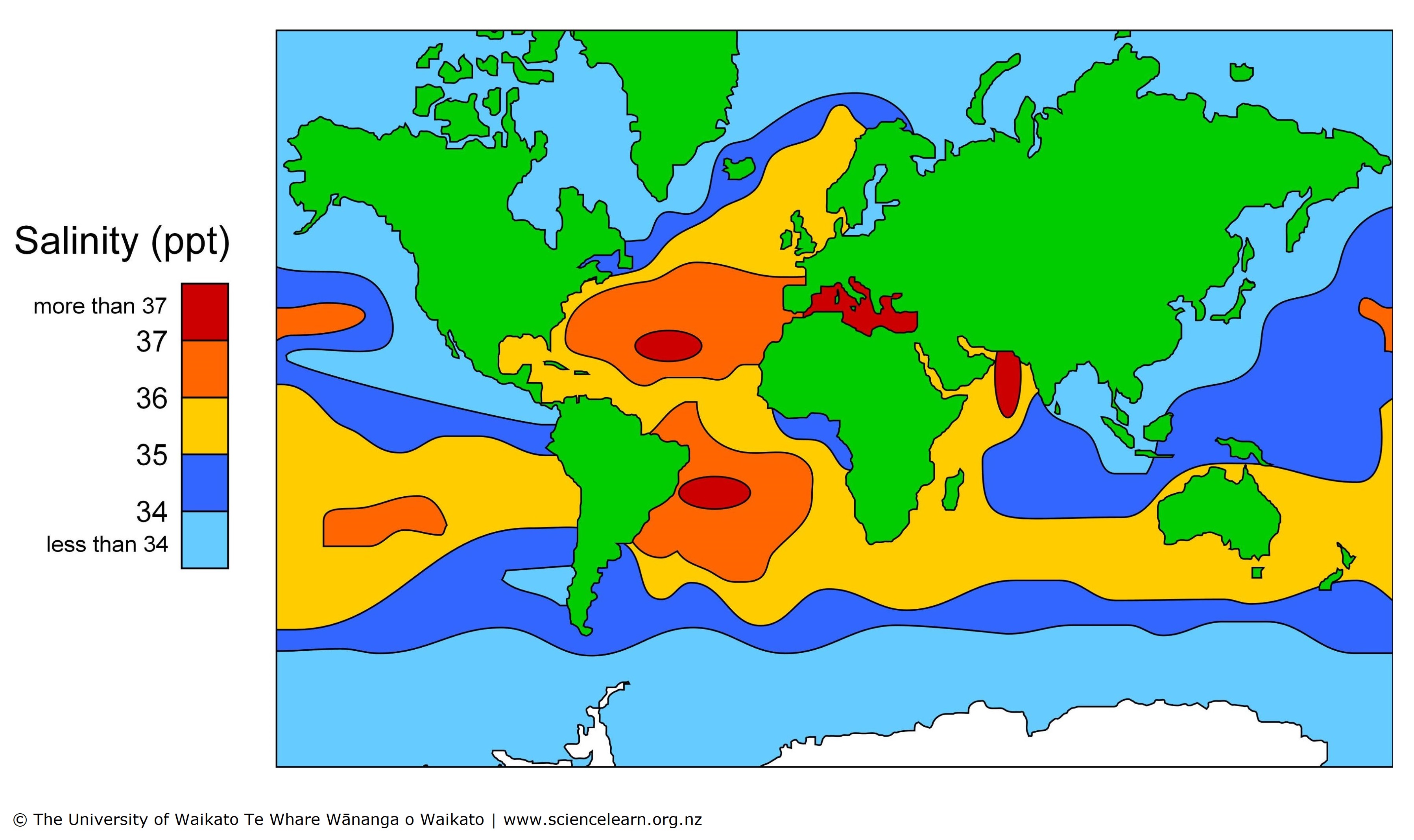Report on the Ancient Origins of Pathogens and Implications for Sustainable Development Goals
Introduction: Historical Context for Global Health Challenges (SDG 3)
A comprehensive genomic study, conducted through a partnership between the University of Cambridge and the University of Copenhagen, provides critical insights into the historical origins of human pathogens. By analyzing DNA from over 1,300 ancient Eurasian individuals dating back 37,000 years, the research establishes a timeline for the emergence of infectious diseases. These findings have significant implications for contemporary global health strategies, particularly in the context of achieving Sustainable Development Goal 3 (Good Health and Well-being) by understanding and combating communicable diseases.
Key Findings on the Spatiotemporal Distribution of Human Pathogens
The Intersection of Early Agriculture, Zoonosis, and SDG 15 (Life on Land)
The research confirms that the transition to agrarian societies and the domestication of animals created new pathways for disease transmission. Key findings indicate:
- Zoonotic diseases, transmitted from animals to humans, began to emerge approximately 6,500 years ago.
- This development highlights the long-standing interplay between human health and the management of terrestrial ecosystems, a core concern of SDG 15 (Life on Land). Understanding this historical link reinforces the modern “One Health” approach, which recognizes that human health is intrinsically connected to the health of animals and the environment.
- Large-scale human migrations, such as the movement of Yamnaya herders from the Pontic Steppe into north-western Europe around 5,000 years ago, directly coincided with a significant increase in the prevalence of zoonotic pathogens. This historical precedent informs risk assessments related to modern migration and urbanization patterns as outlined in SDG 11 (Sustainable Cities and Communities).
An Ancient Timeline of Communicable Diseases
The study successfully traced the earliest known evidence for several major human pathogens, providing a historical baseline for diseases that continue to pose a threat. The timeline includes:
- Corynebacterium diphtheriae (Diphtheria): Evidence dating back 11,100 years.
- Hepatitis B Virus: Evidence dating back 9,800 years.
- Yersinia pestis (Plague): Emergence linked to the Neolithic period, with a rise in prevalence beginning approximately 5,000 years ago.
- Plasmodium vivax (Malaria): Evidence dating back 4,200 years.
- Leprosy: Evidence of emergence around 1,400 years ago.
Implications for Achieving the Sustainable Development Goals
Advancing SDG 3: Good Health and Well-being
The historical data generated by this study is a vital resource for advancing global public health initiatives and meeting the targets of SDG 3. The research contributes directly to:
- Target 3.3 (End Epidemics): By establishing a deep historical context for pathogens like plague, diphtheria, and hepatitis B, the research helps scientists understand their evolutionary trajectories and persistence, which is crucial for developing strategies to end their transmission.
- Target 3.b (Support R&D for Vaccines and Medicines): Understanding the long-term evolution and mutation of pathogens can inform the development of more robust and effective vaccines. The study provides a historical library of pathogenic mutations, allowing researchers to test the efficacy of current vaccines and anticipate future adaptations.
Fostering International Collaboration for Global Goals (SDG 17)
This research project exemplifies the principles of SDG 17 (Partnerships for the Goals). The collaboration between leading institutions in the United Kingdom and Denmark demonstrates that addressing complex global challenges, such as the prevention of future pandemics, requires the sharing of international scientific knowledge, data, and resources. The study’s success underscores the necessity of such partnerships to generate the foundational knowledge needed to protect global public health and achieve sustainable development.
SDGs Addressed in the Article
-
SDG 3: Good Health and Well-being
The article is fundamentally about the history and spread of infectious diseases and how understanding them contributes to modern health. It discusses specific diseases like plague, diphtheria, Hepatitis B, and malaria. The research’s primary goal is to apply this historical knowledge to contemporary public health challenges, as it “could help to bolster future efforts to develop vaccines” and “help us prepare for the future” against emerging diseases.
-
SDG 15: Life on Land
The article establishes a clear link between human health and terrestrial ecosystems by focusing on zoonotic diseases. It states that “zoonotic diseases began to emerge through the likely transmission from animals to humans” following the “transition to farming and animal husbandry.” This highlights how human interaction with animals and the land is a critical factor in disease emergence, connecting to the sustainable management of terrestrial ecosystems to protect both human and animal life.
Identified SDG Targets
-
SDG 3: Good Health and Well-being
-
Target 3.3: By 2030, end the epidemics of AIDS, tuberculosis, malaria and neglected tropical diseases and combat hepatitis, water-borne diseases and other communicable diseases.
The article directly addresses this target by investigating the ancient origins of several major communicable diseases. It mentions the discovery of “Hepatitis B virus… 9,800 years ago, and malaria (Plasmodium vivax) by around 4,200 years ago,” as well as plague (Yersinia pestis) and diphtheria. The research aims to understand their historical spread to better combat them today.
-
Target 3.b: Support the research and development of vaccines and medicines for the communicable and non-communicable diseases.
This target is explicitly supported by the article’s conclusion. The research is presented as vital for modern medicine, with a researcher stating, “This knowledge is important for future vaccines, as it allows us to test whether current vaccines provide sufficient coverage or whether new ones need to be developed due to mutations.”
-
Target 3.d: Strengthen the capacity of all countries… for early warning, risk reduction and management of national and global health risks.
The article implies this target by emphasizing preparedness for future pandemics. A researcher notes that understanding how diseases emerged in the past “can help us prepare for the future,” especially since “Many of the newly emerging infectious diseases are predicted to originate from animals.” This historical research serves as a tool for risk assessment and management.
-
-
SDG 15: Life on Land
-
Target 15.1: By 2020, ensure the conservation, restoration and sustainable use of terrestrial and inland freshwater ecosystems and their services.
While not a direct focus, the article supports this target by illustrating the negative consequences of unsustainable human-animal interactions. The finding that the “transition to farming and animal husbandry opened the door to a new era of disease” underscores the need to manage terrestrial ecosystems and human activities within them sustainably to prevent zoonotic spillover events.
-
Implied Indicators for Measuring Progress
-
SDG 3: Good Health and Well-being
-
Incidence of specific communicable diseases (related to Indicators 3.3.3 for malaria and 3.3.4 for Hepatitis B).
The article’s historical tracing of malaria and Hepatitis B provides a long-term perspective on their presence in human populations. This historical data acts as a baseline against which modern incidence rates, the official indicators, can be contextualized. The study itself is a form of historical surveillance of these diseases.
-
Development and adequacy of vaccines (related to Indicator 3.b.1).
The article implies this indicator by stating the research helps “test whether current vaccines provide sufficient coverage or whether new ones need to be developed.” The need to develop new vaccines based on pathogen mutation is a key theme, suggesting that progress can be measured by the successful development and deployment of effective vaccines.
-
-
SDG 15: Life on Land
-
Prevalence of zoonotic diseases.
The article implies that the rate of zoonotic disease emergence is an indicator of the health of the human-animal interface. It notes a “sudden rise in zoonotic pathogens” linked to specific human activities like herding and migration. Therefore, monitoring the prevalence of diseases that “originate from animals” can be seen as an implied measure of how sustainably humans are interacting with terrestrial ecosystems.
-
Summary Table: SDGs, Targets, and Indicators
| SDGs | Targets | Indicators Identified in Article |
|---|---|---|
| SDG 3: Good Health and Well-being |
Target 3.3: End epidemics of communicable diseases.
Target 3.b: Support R&D of vaccines and medicines. Target 3.d: Strengthen capacity for early warning and health risk management. |
– Historical and current incidence of malaria and Hepatitis B. – Tracking the prevalence of other communicable diseases (plague, diphtheria). – Development of new vaccines to address pathogen mutations. – Use of historical pathogen data to prepare for future disease emergence. |
| SDG 15: Life on Land | Target 15.1: Ensure sustainable use of terrestrial ecosystems. | – Prevalence of zoonotic diseases as a measure of the health of the human-animal interface. |
Source: thedebrief.org







